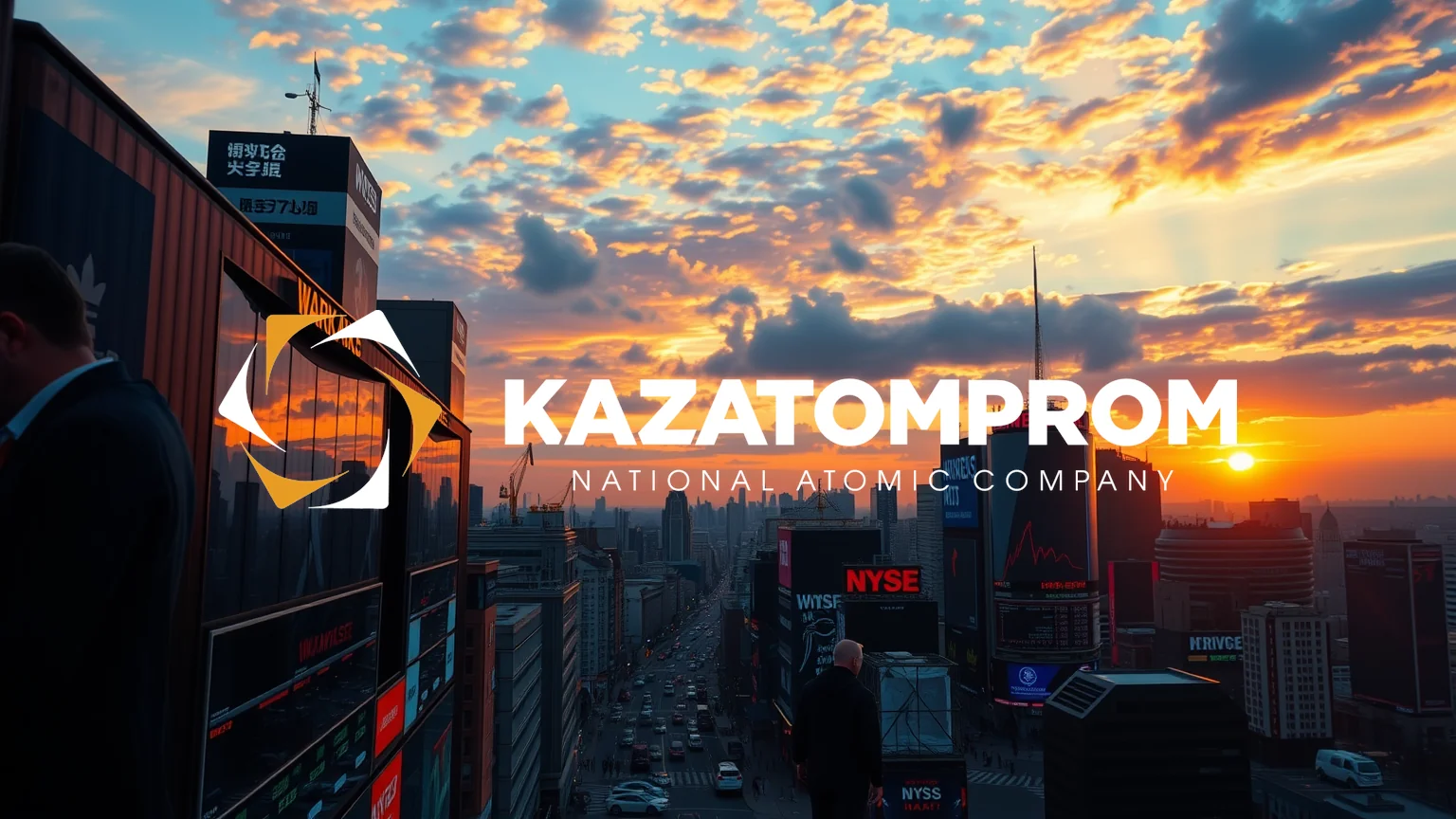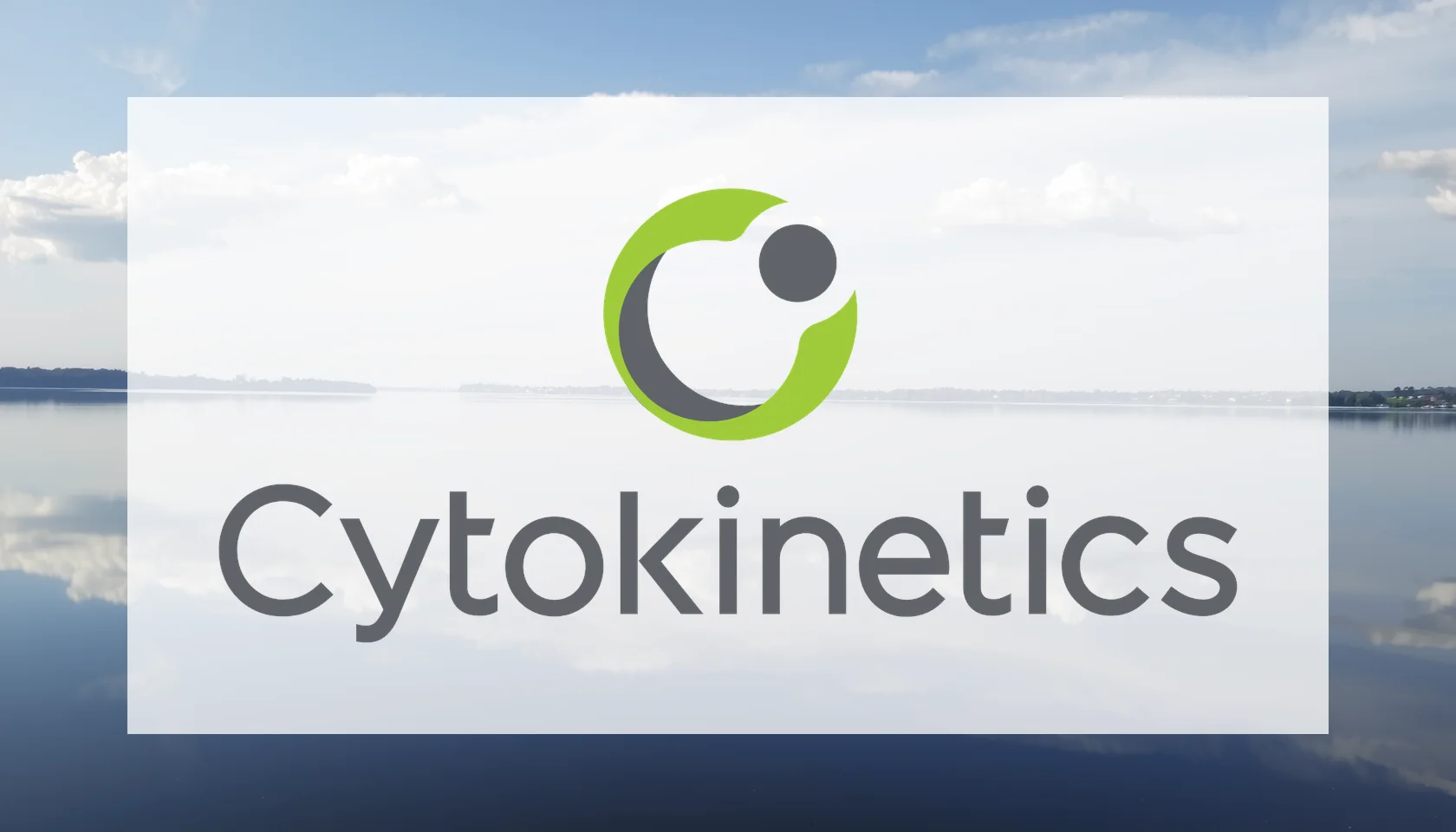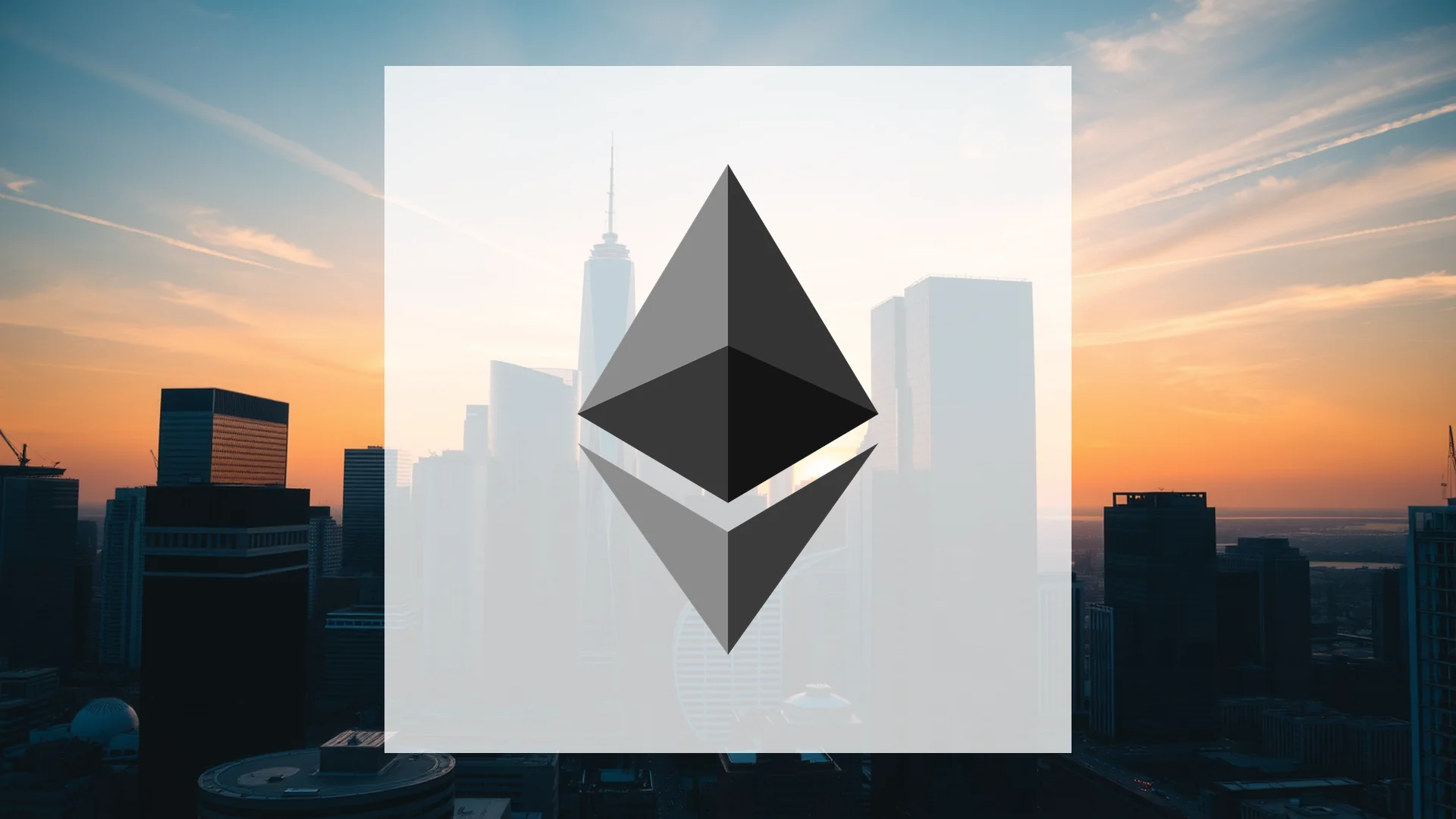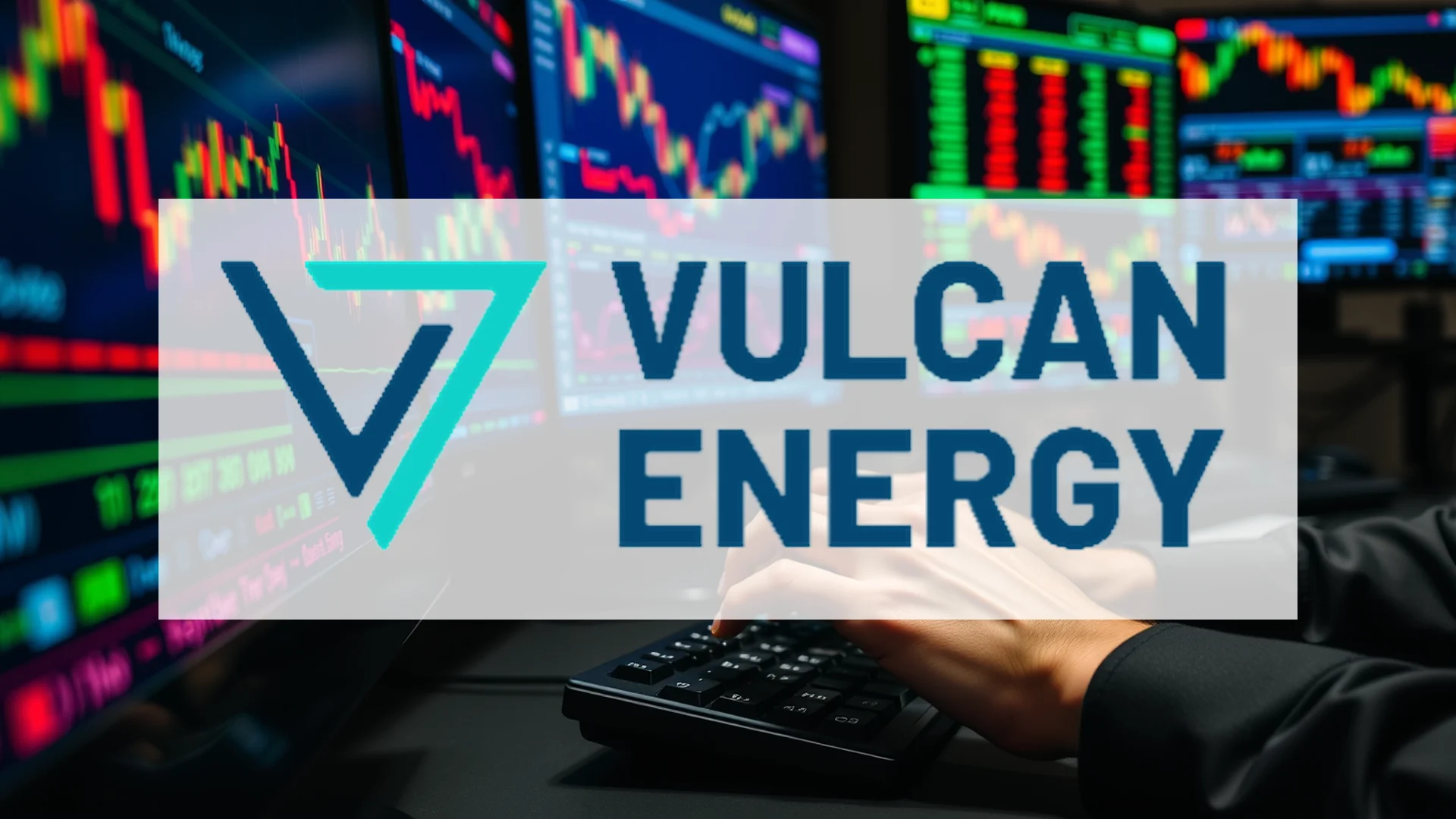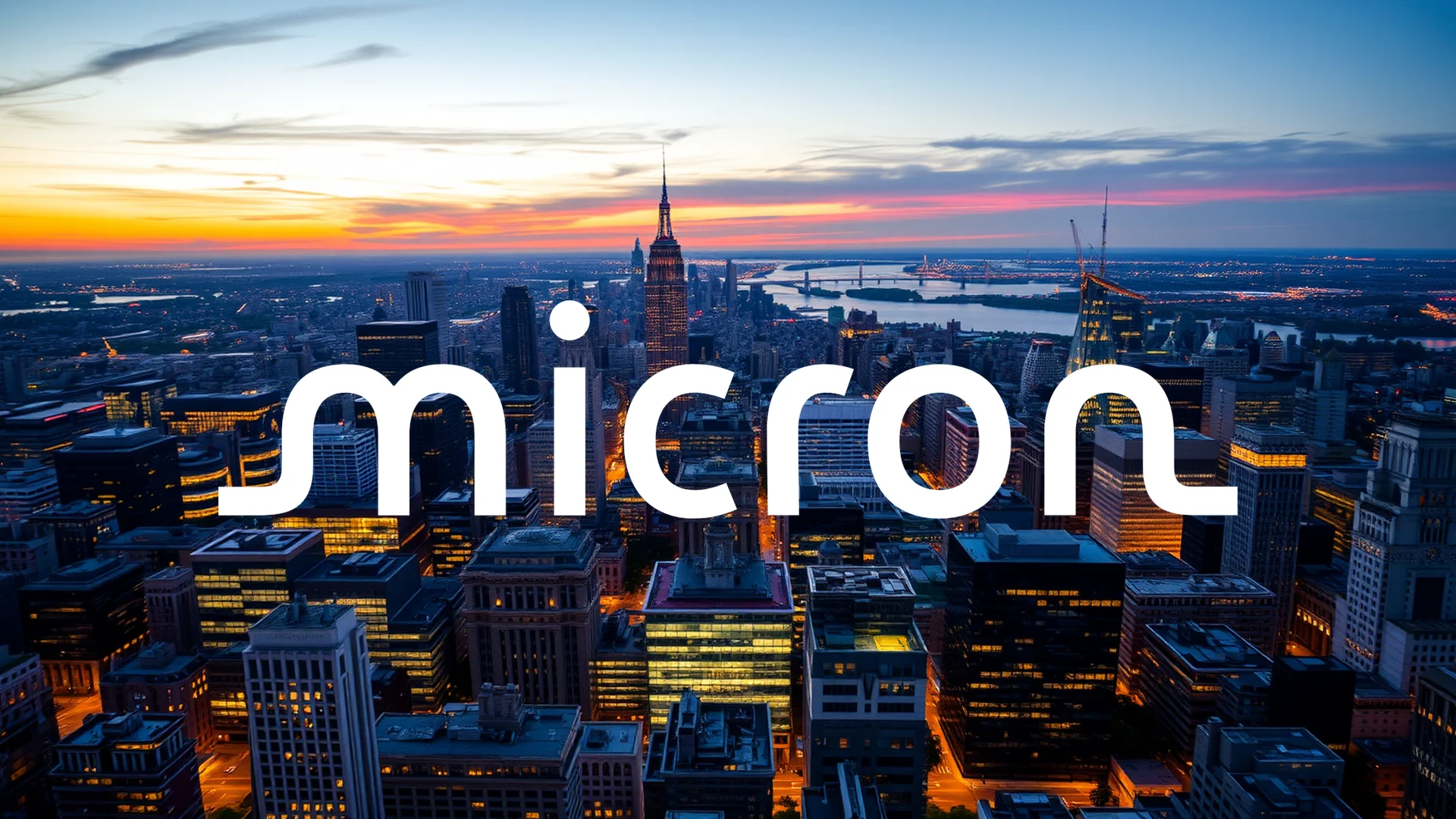The global push for clean energy has placed NAC Kazatomprom, the world’s largest uranium producer, at the center of a complex strategic dilemma. While reporting a 6% revenue decline to 660 billion Tenge for the first half of 2025, the Kazakh mining giant simultaneously demonstrated impressive operational strength with a 12% increase in operating profits.
Financial Performance Reveals Strategic Discipline
Kazatomprom’s financial results reveal a tale of two different performance metrics. The substantial 54% drop in net profit appears concerning at first glance, but this decline primarily reflects an extraordinary one-time effect from the previous year. When adjusted for these special factors, the decrease moderates to a more manageable 5%.
The company’s ability to grow operating income despite lower revenue highlights disciplined cost control and enhanced management efficiency. This operational strength becomes particularly notable given the challenging market conditions, including significantly increased production expenses that have affected the entire sector.
Navigating Cost Pressures and Production Strategy
Production costs have continued their upward trajectory, with C1 cash costs rising 6% and all-in sustaining costs jumping 10%. These increases are largely driven by two factors: higher mineral extraction taxes and a dramatic 46% price surge for sulfuric acid, which accounts for approximately 15% of total production costs.
More significantly, Kazatomprom has announced a strategic production adjustment for 2026, reducing output by roughly 10% from 85 to 77 million pounds of U3O8. This decision underscores the company’s “value over volume” approach and demonstrates keen market awareness. The most substantial cut will occur at the Budenovskoye joint venture, where production will drop dramatically from 4,000 to 1,300 tons of uranium.
Should investors sell immediately? Or is it worth buying NAC Kazatomprom?
Uranium Market Fundamentals: Short-Term Weakness vs. Long-Term Strength
Current market conditions reveal a split personality in uranium pricing. Spot prices face pressure at approximately $70.50 per pound, while long-term contracts maintain stability at around $80. This discrepancy reflects the market’s underlying dynamics: short-term oversupply contrasted against long-term scarcity concerns.
Industry experts project a cumulative global uranium deficit of approximately 570 million pounds of U3O8 by 2040. This forecast is driven by what many are calling a “second nuclear renaissance.” Countries including Japan are expanding their nuclear energy capabilities, while Kazakhstan itself plans to construct three nuclear power plants, potentially boosting domestic demand for uranium.
Despite operational challenges such as sulfuric acid supply uncertainties and construction delays at new deposits, Kazatomprom maintains sufficient inventory to meet its contractual obligations for 2025. The recent commissioning of a new uranium processing facility with 2,000 tons annual capacity further strengthens the company’s market position.
As Kazatomprom skillfully navigates challenging market conditions with its quality-focused strategy, market observers are watching closely to see when the long-term uranium bull market will ultimately overcome current short-term weaknesses.
Ad
NAC Kazatomprom Stock: Buy or Sell?! New NAC Kazatomprom Analysis from November 25 delivers the answer:
The latest NAC Kazatomprom figures speak for themselves: Urgent action needed for NAC Kazatomprom investors. Is it worth buying or should you sell? Find out what to do now in the current free analysis from November 25.
NAC Kazatomprom: Buy or sell? Read more here...

